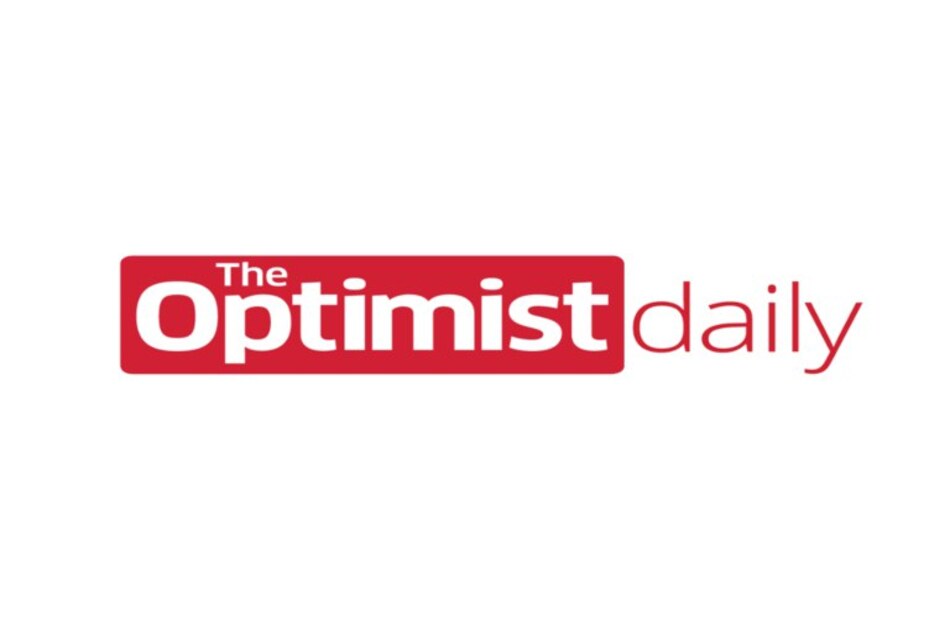Hyenas are often portrayed as the villains of the savanna, but a new study from the University of Michigan demonstrates that these scavengers are more useful than we might think. The study, based in the Ethiopian city of Mekelle, counted the number of hyenas seen around town as well as the number of animal carcasses in the region. They found that under the cover of darkness, hyenas are responsible for the removal of 207 tons of animal carcass waste annually.
This scavenging activity not only makes streets cleaner, it also helps keep residents healthy. The carcass removal was associated with five fewer infections of anthrax and bovine tuberculosis in city residents plus 140 fewer infections in cattle, sheep, and goats.
Although these infection preventions may seem moderate, the benefits of hyenas are particularly impactful in low income and rural communities where the loss of even one cow can have huge financial consequences for families.
Hyenas do pose some risks to residents, but their benefits seem to outweigh these risks. The region reports an average of 10 nonfatal hyena attacks on humans each year and 33 fatal attacks on cattle and small ruminants. The cost of these events is estimated at $2,928 while hyena-related disease prevention saves an estimated $52,000 annually in treatment costs and livestock losses avoided.
“This is an important contribution to a growing body of work that highlights the benefits of predators and scavengers, rather than focusing only on their costs to humanity,” said senior author Neil Carter.
Source study: Journal of Applied Ecology – Public health and economic benefits of spotted hyenas Crocuta crocuta in a peri-urban system











